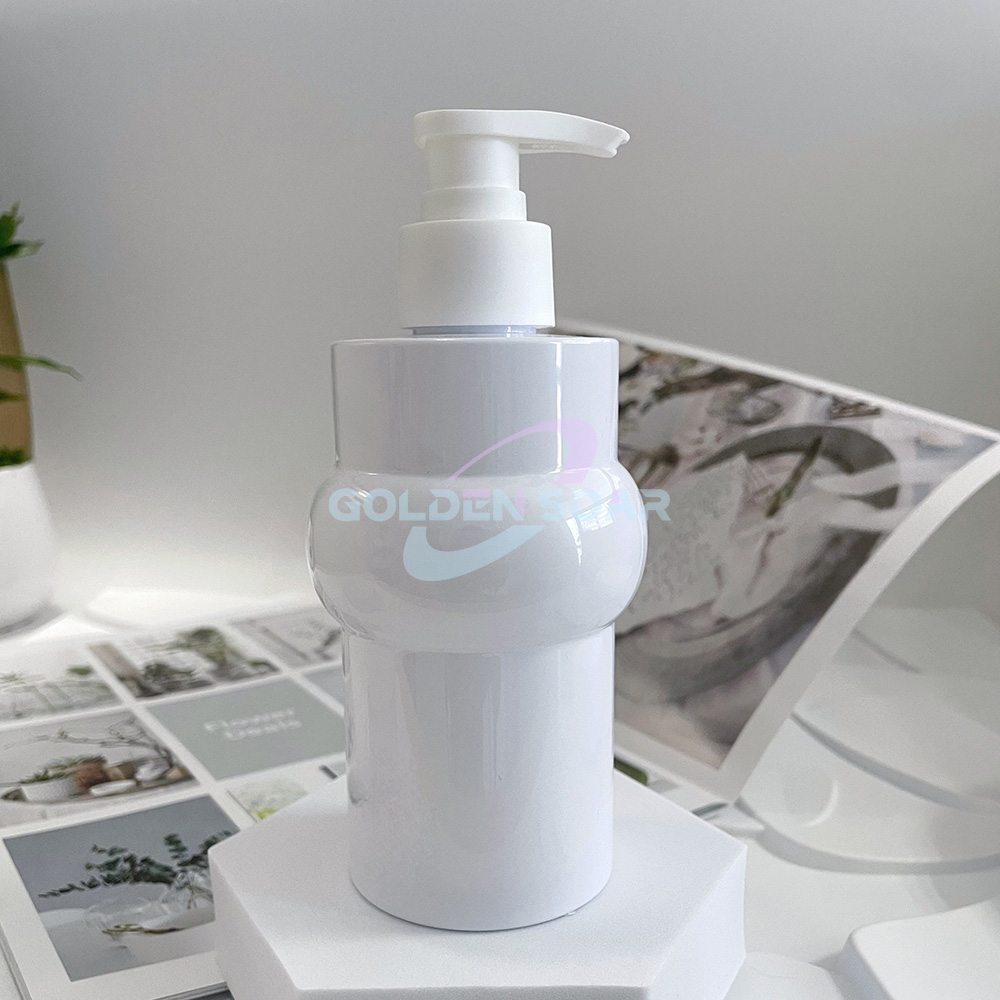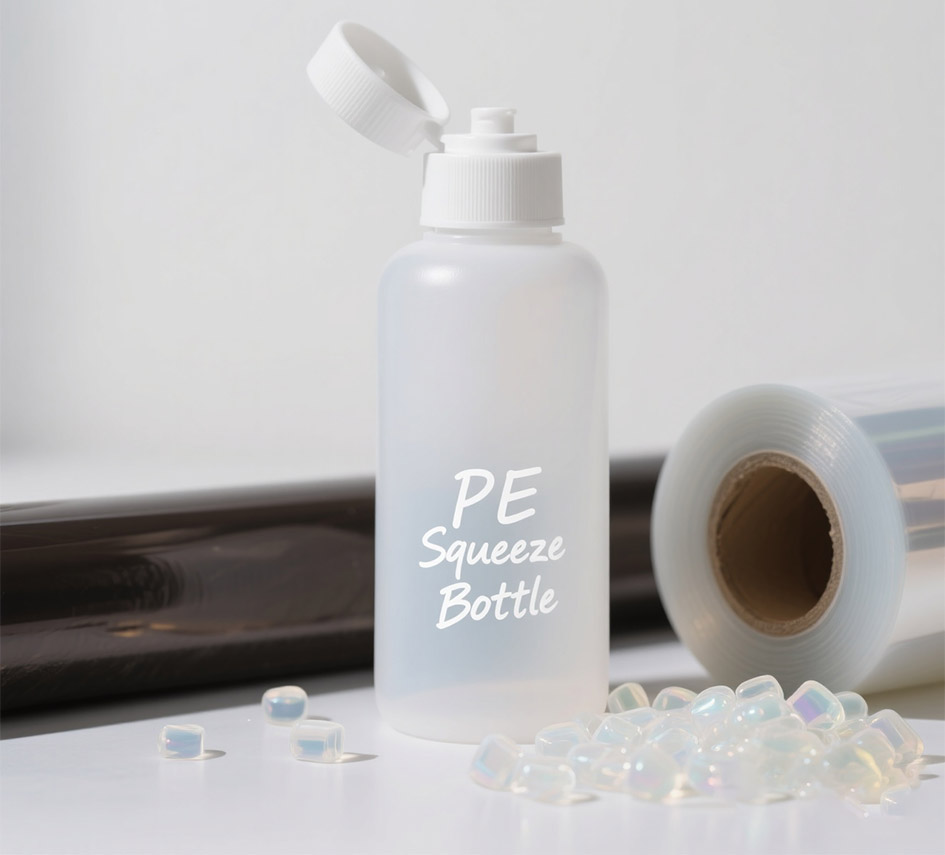
Within today's environment
{In today's nature-minded world, the desire for sustainable wrapping techniques is surging. A set of frequently utilized polymers in packaging are polyethylene material, polypropylene material, and polyethylene terephthalate resin. Each plastic offers unique properties that make it beneficial for assorted applications. Polyethylene is a malleable plastic often used in wraps, while polypropylene is known for its durability and is commonly found in cases. PET, on the other hand, is crystal and weightless, making it a popular choice for refreshment vessels.
{When deciding sustainable packaging, it's important to weigh factors such as the reusability of the fabric, its ecological effect, and its overall performance.
Perks of PET Packaging in Food and Beverage
{PET containers have become a popular choice for the food and beverage industry due to their numerous boons. One key advantage is its lightweight nature, which translates to reduced distribution costs and a smaller carbon footprint. PET is also environmentally recoverable, making it an environmentally eco-positive option. Furthermore, its transparent aspect allows for product visibility, enticing consumers and enhancing brand advertisement.
- Furthermore, PET's durability protects merchandise from damage during handling and preservation, ensuring freshness and quality.
- Considering its barrier properties, PET effectively guards the entry of moisture, oxygen, and impurities, preserving product flavor and safety.
In general, PET packaging offer a efficient solution for the food and beverage industry, combining cost-effectiveness with green considerations.
Polypropylene Packaging: Benefits for Diverse Markets
{Polypropylene wrappings, commonly known as PP, has emerged as a leading choice for consumer goods due to its exceptional versatility and durability. The combination attributes make it ideal for a wide range of applications, from food holders to household items. The inherent strength of PP provides excellent protection against impact, abrasion, ensuring the integrity of the product throughout its lifecycle. Furthermore, PP's ability to withstand a variety of temperatures and environmental conditions makes it suitable for both indoor and outdoor use.
- PP packaging offers a high level of repurposing, minimizing its environmental effect.
- Producers often utilize PP to create lightweight and compact packaging solutions, reducing transportation expenses, and promoting green practices.
- The smooth surface of PP makes it easy to print on, allowing for clear and vibrant product marking.
Briefly, PP packaging's combination of durability, versatility, and sustainability has firmly established it as a preferred choice for protecting and presenting consumer goods in today's market.
Aluminums' in Premium and Protective Packaging
{Aluminum has emerged as a leading material in the area of premium and protective packaging. Its inherent traits make it an ideal choice for safeguarding items during transport and storage. Aluminum's sturdiness provides exceptional protection against ambient factors such as moisture, oxygen, and light, ensuring product integrity and extending shelf life. Furthermore, aluminum's aesthetic appeal contributes to the premium conception of packaged goods, enhancing brand fame.
Material Attributes Comparison: PE, PET, PP, Aluminium
{Various plastics and metals possess distinct unique characteristics that influence their applications. Polyethylene fabric, commonly known as PE, is renowned for its flexibility and low cost, making it suitable for packaging and sachets. Polyethylene terephthalate often abbreviated as PET exhibits high sturdiness and clarity, used within beverage bottles and textiles. Polypropylene compound, or PP, demonstrates robustness and chemical resistance, granting fitness for items like containers and automotive parts. Aluminum, a metal, stands out due to its notable conductivity and recyclability, contributing to applications ranging from cans to construction materials.
Eco-Positive Solutions: Biodegradable and Compostable Options
{In today's world, it's more vital than ever to curtail our impact on the planet. One way to do this is by opting for eco-friendly alternatives to conventional products. Biodegradable and compostable options offer a remarkable solution to litter problems. These materials disperse naturally over time, returning valuable nutrients to the soil.
- Instances of biodegradable and compostable products comprise food ware, sacks, and even garments.
- By choosing these choices, we can preserve natural resources and build a more earth-friendly future.
Progress in Flexible Packaging: PE Films and Laminates
{The flexible packaging industry uninterruptedly strives to develop innovative solutions that meet the evolving demands of consumers and manufacturers. Polyethylene (PE) films and laminates have emerged as key players in this landscape, offering a wide range of properties such as strength, durability, barrier performance, and versatility. Recent progressions in PE film technology have led to the creation of high-performance materials with improved puncture resistance, tear strength, and chemical resistance. These enhancements equip the packaging of a diverse range of products, from food and beverages to pharmaceuticals and personal care items.
- In addition, advancements in lamination techniques have allowed for the integration of multiple layers of PE film with other materials such as compounds and metallized foils. This multi-layered approach enhances the protective capabilities of packaging, providing superior barrier properties against moisture, oxygen, and light.
- Thus, flexible PE films and laminates are increasingly being employed in sustainable packaging solutions. Their lightweight nature reduces transportation costs and minimizes the environmental impact associated with packaging waste.
Examining the Influence
{In an era defined by environmental consciousness, the impact of packaging on sustainability has come under intense scrutiny. Traditionally, packaging has been viewed as a linear system, where materials are extracted, processed, used once and then discarded. However, embracing a circular economy approach presents a transformative solution. It paradigm emphasizes reducing waste by reusing, repairing, and recycling packaging materials, minimizing the depletion of resources and environmental impact. By implementing innovative design strategies and fostering collaboration across the supply chain, businesses can create a closed-loop system where packaging becomes a valuable resource rather than a source of pollution.
- A circular economy approach to packaging prioritizes the reuse and recycling of materials.
- Creative design strategies play a crucial role in minimizing packaging waste.
- Collaboration across the supply chain is essential for achieving a truly sustainable system.
Regulations and Elements for Packaging
{Packaging elements are controlled by a variety of laws designed to ensure the care of consumers and the biosphere. These rules often detail the types of materials that can be used, as well as caps on packagingconfiguration to control potential hazards. Adherence with these lawsuits is vital for manufacturers to avoid liabilities. These mandates can vary from nation to nation, so it is important for businesses Aluminum Packaging to analyze the specific standards that apply to their commodities. A frequent target of packaging ordinances is to guarantee eco-consciousness. This habitually involves encouraging the use of earth-safe products and minimizing packaging disposal.
Packaging Weight Reduction
{In today's dynamic market, consumer goods producers are constantly seeking innovation/optimization/advancements to enhance both the performance/efficacy/effectiveness of their packaging and its environmental footprint. Lightweighting/Material optimization/Reducing density emerges as a key strategy in achieving this balance. By strategically/intelligently/carefully reducing the weight of packaging materials without compromising protection/integrity/security, manufacturers can achieve significant benefits/gains/advantages. These include lowered/reduced/diminished transportation costs, minimized/decreased/limited environmental impact through lesser/reduced/minimal resource consumption and carbon footprint, and improved/enhanced/optimized shelf appeal due to a more streamlined/compact/efficient design.
- Additionally/Furthermore/Moreover, lighter packaging can often lead to increased/enhanced/boosted product stackability, allowing for greater/more/superior storage efficiency and potentially lowering/reducing/minimizing overall shipping volumes.
Therefore/Consequently/As a result, investments/initiatives/commitments in lightweighting represent a strategic/forward-thinking/proactive step towards sustainable/eco-conscious/responsible packaging solutions that meet the demands of both consumers and the planet.
Selecting the Right Packaging Material: Factors to Consider
When it comes to packaging your products, the choice of material is critical. It's not just about presentation; the right packaging needs to safeguard your items during transit and fulfill specific needs. Here are some key factors to consider:
- Goods Nature
- Sturdiness
- Eco-friendliness
- Charge
- Consumer Attraction
By thoughtfully considering these factors, you can select the perfect packaging material to accentuate your products while ensuring their safekeeping. 